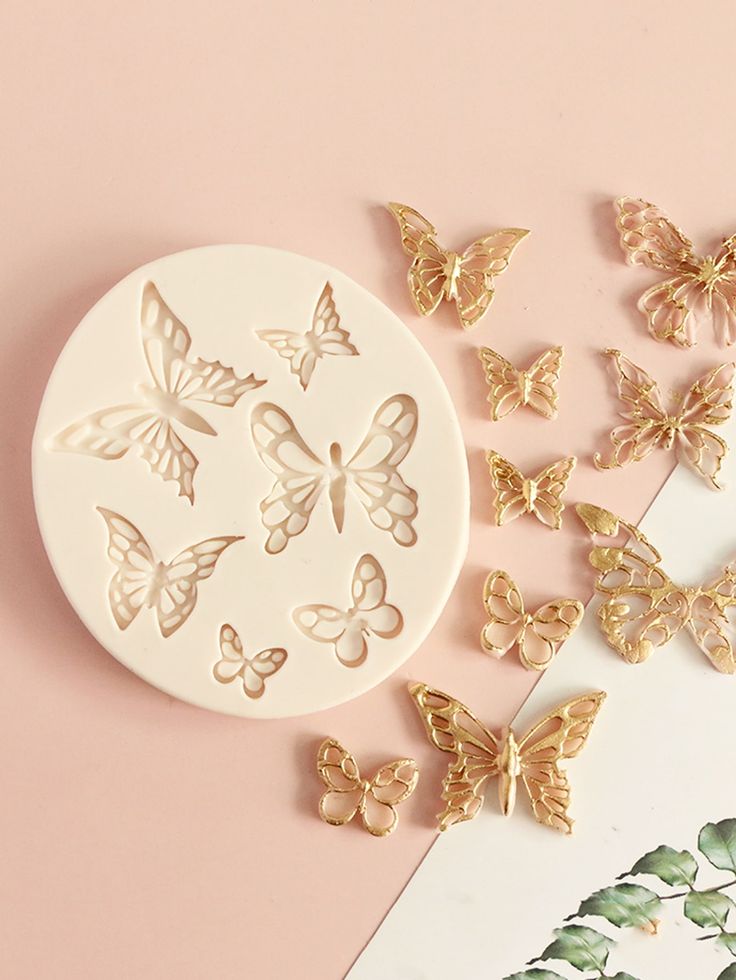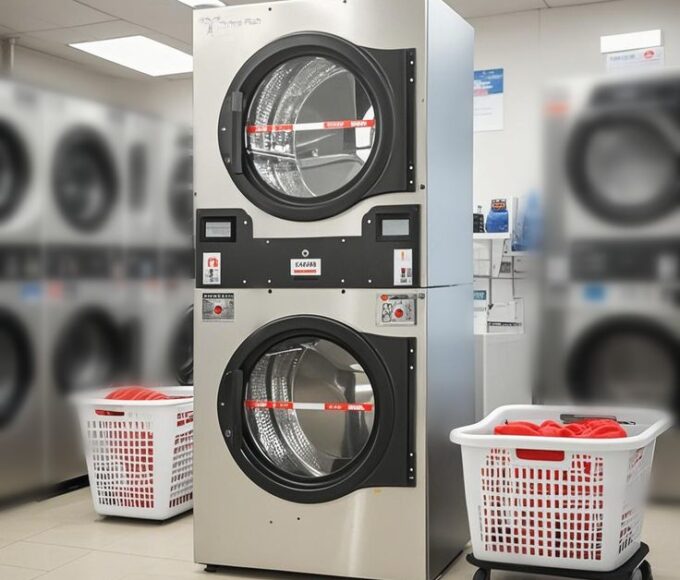Now you are invited to plunge into the amazing world of resin moulds. The prospect of turning an image, a picture or a piece of craft into something that glistens and is alluring in the social media appeal of shiny and different is rather alluring no matter how long you’ve been crafting. Ranging from fabulous theme parks movable coasters to complex and sleek studded ornaments people are limited only to their imagination when it comes to the use of such tools. With this guide, you will learn all that you need to know about resin moulds so that you can create and maximize on your creativity in order to make unique and beautiful items in your home. Here is the invitation – ‘Shall we get started”
Understanding Resin Molds
Resin molds are useful in any resin enterprise hence the need to have some of them for use. It comes in many different shapes and sizes so that you can summon a whole host of creative variations. Moulds can be custom made from silicone, plastic or metal though each material has its own advantages.
He noted that silicone moulds are most common because the material is malleable and very easy to work with. They enable easy demoulding, at the same time posessing intricate detail. Plastic selections are usually less elastic than metal choices but may necessitate extra emissions to release.
To the best of my capability I observed the properties of the chosen mould. Some of them acquire heat during the curing process that influences the appearance of the project in question. Some might hold air bubbles if not well prepared.
Spend some effort into going through many of them to become well acquainted with those available in the market. We fully acknowledge and appreciate your effort to learn this knowledge as you start your resin crafting adventure and transform your imagination!
Types of Resin Moulds and their Uses
Resin mold turn out in different shapes and sizes and these models are worn depending on the kind of projects you want to undertake. Clay is also one of the most common types of moulds because of the versatility and simplicity of using silicone moulds. They also enable one to make complex designs that even with little effort stand out.
Fortunately, hard plastic moulds are quite sturdy and less likely to break hence useful for large bowls and vases. These are ideal for occasions that require neat and fine looking floor without struggling with times and surfaces.
For those who want to make souvenirs which would be a little more original, for instance, flower shaped moulds or geometric shapes will convincingly look.
There is also multi cavity molds where it will be easy to produce same items and this is ideal for making jewelry or coasters in large quantity.
Selecting the correct type will take your project from mediocre to extraordinary making it paramount to choose the right mould style in line with your project.
Choosing the Right Resin for your Project
The type of resin should be selected carefully in order to achieve the best result of the project done. In terms of specific properties and benefits the main requirement is having a good understanding of your own and your customer’s needs.
Epoxy resin is well recognized for its superior mechanical characteristics and high level of hardness. It cures to a hard finish which means that such furniture parts as coasters or tabletops that ought to be really sturdy should ideally be dipped.
While polyester resin may again require a shorter curing time it can also be least flexible of all the available materials. They mostly apply it in products that do not require flexibility such as the accessories, jewelries and other decorative ornaments.
For those interested in casting deeper objects, it might be best to cast resin. This type enables one to place items in layers and they can be very clear.
Check for UV—resistance, especially if your projects will exposed to the sun. They keep your hair from becoming yellow with time and allows you to maintain that great shine that you have put so much effort to achieve.
How to Properly Prepare and Use Resin Moulds
When dealing with resin mould, preparation is highly important. First of all, your working environment should be clean and the space should be well aired. Some extra touches can be ruined by a speck of dust – so just spend 5 minutes and clean some of surfaces.
Next process involves application of a release agent on the mould surface. This step is to stop the cured resin from sticking on the surfaces of the mould. For this purpose, you can use silicone spray or petroleum jelly – that’s all you need.
There is still an aspect of mixing instructions for your resin and it is as follows; Take time to measure your canvass and ensure that you mix your materials to ensure you minimize formation of bubbles which may affect your artwork.
Whenever casting it directly into the mould pour it gently from one corner and let it spread to fit the mould naturally. This technique aid in reduction of air pocket to the minimum.
Allow it to cure in undisturbed, dust free environmental condition. The pressure here should not really be applied so much since taking a lot of time to create those beautiful designs is always good but applying pressure in a wrong way will always lead to more wrong things being done.
Care and Maintenance of Resin Moulds
Maintenance of your resin molds is very important to ensure that they are optimally ready for other projects to be carried out. Failure to maintain them results in a reduced lifespan and unpredicted outcomes, which are avoidable.
First, there is the cleaning of the moulds immediately after using them. If any of the concoctions get on the skin, wash with warm, soapy water using a piece of cotton or a soft brush. No rough surfaces, that could somehow scratch the surface of I-pod. Alternatively, for difficult stains, you can use rubbing alcohol, in the same manner, to remove the marks.
It is also important to know how to store your moulds when they are not being utilized. Store them in a well aerated place and preferably in dark to minimize any possibility of warping or staining. They are just as well appropriate to place less weight upon them because it is also recommended not to put very heavy objects on them.
Problems related to wear or damage should be taken care of immediately you notice them. It can be as small as a crack in a paintwork but if not fixed, it can open up to much bigger problems. Some makers decide to put a thin layer of the release agent before reusing the moulds; this is to prevent sticking and easier cleaning.
This way you will be able to maintain quality of your molds whereby every project that you have will be coming out beautiful shiny and unique as you desire.
















